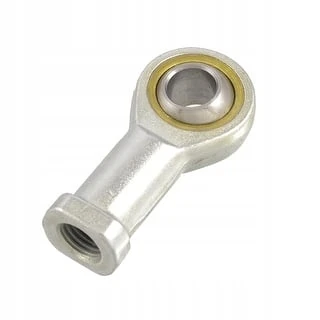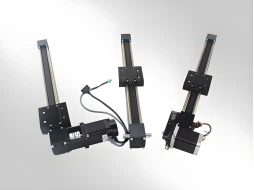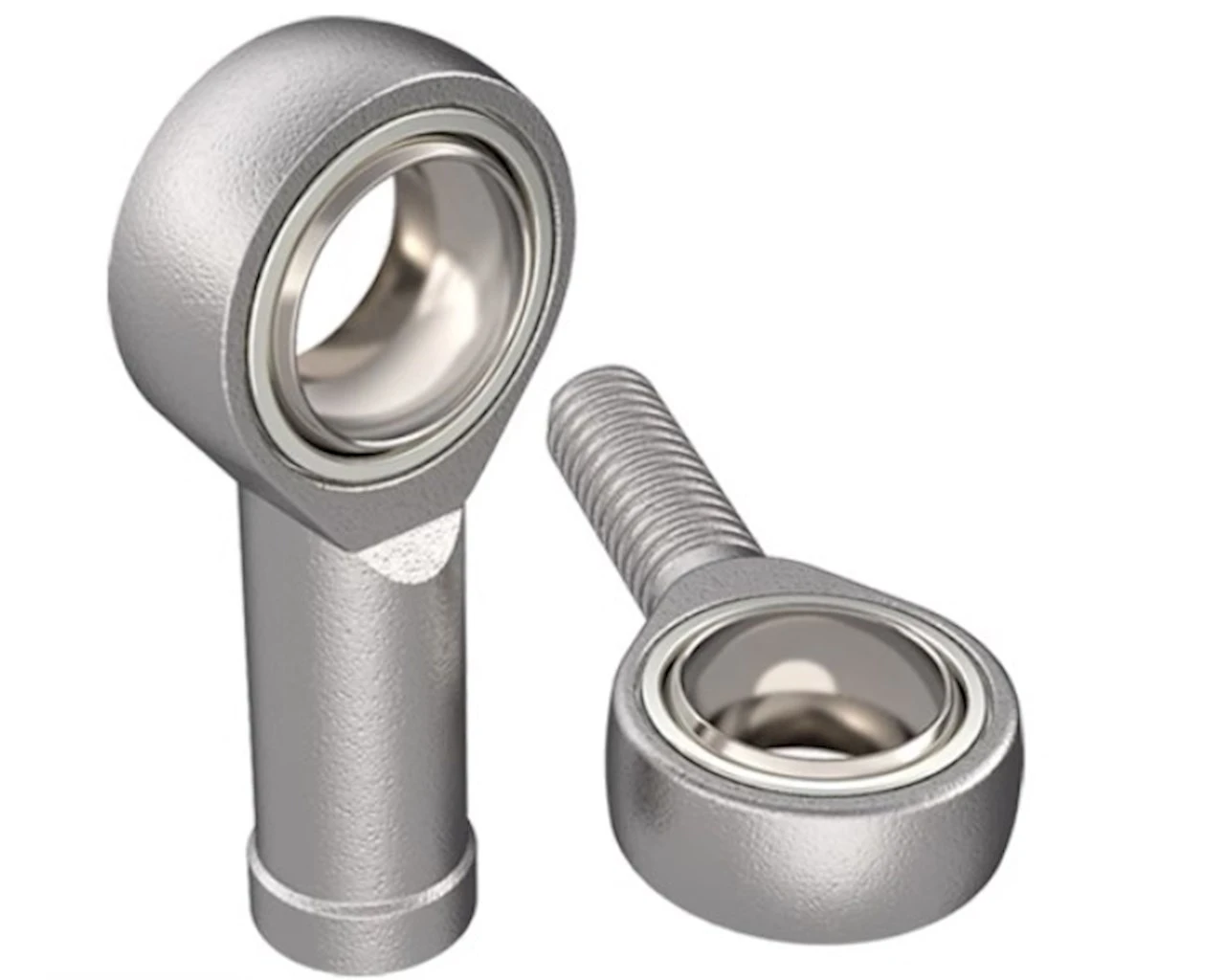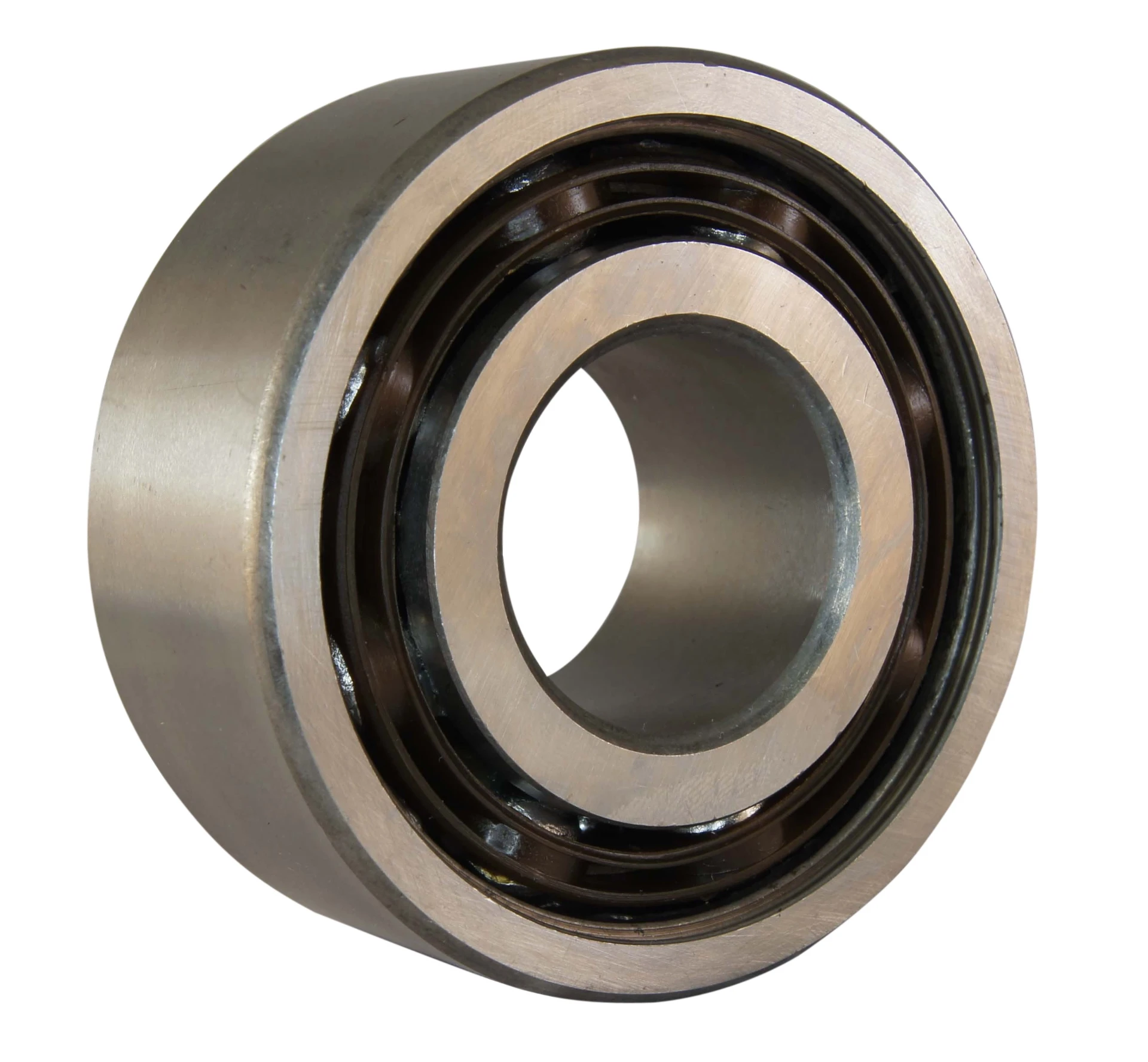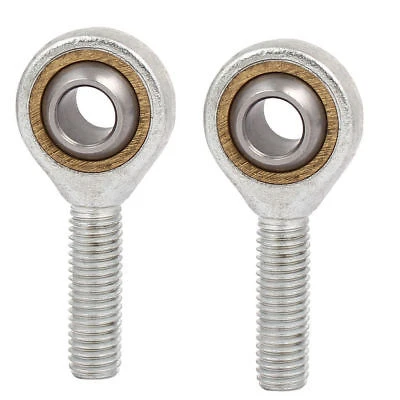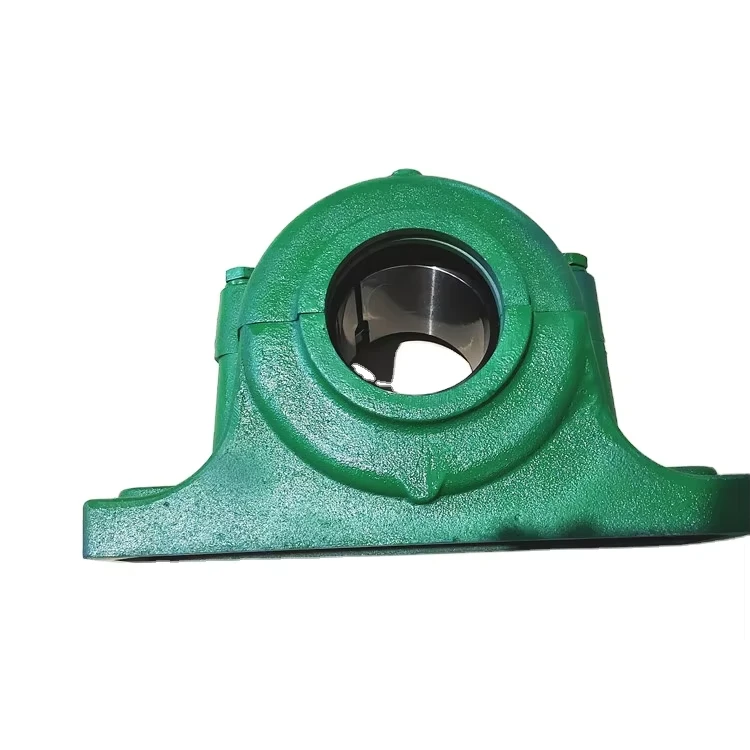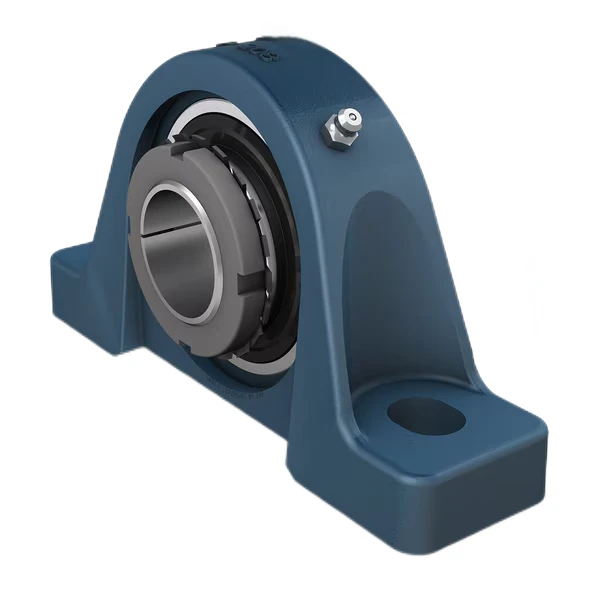In the field of industrial automation, high - precision screw - type linear modules play a crucial and fundamental role. They provide reliable and accurate solutions for the linear motion requirements of various equipment.
I. Working Principle
High - precision screw - type linear modules mainly consist of core components such as ball screws, guide rails, sliders, and motors. The rotational motion generated by the motor is ingeniously converted into linear motion through the ball screw, driving the slider to move linearly and reciprocally with high precision along the guide rail. During this process, the ball screw, with its special structure, achieves low - friction and high - efficiency power transmission, laying a solid foundation for the high - precision operation of the module.
II. Analysis of High - Precision Characteristics
1. Screw Precision
The screw is a key component determining the accuracy of the linear module. In our high - precision screw - type linear modules, precision - ground ball screws are adopted. Their manufacturing process is extremely sophisticated, and the thread accuracy is extremely high, which can effectively reduce the error accumulation during the transmission process, thus achieving micron - level positioning accuracy. Some products can even reach an accuracy of ±0.01mm. This enables the equipment to accurately position during operation, meeting the strict application scenarios with high - precision requirements.
2. The Matching of Guide Rails and Sliders
The high - precision linear guide rails and sliders used have excellent straightness and parallelism. The clearance between them has been carefully adjusted and optimized to ensure that the slider moves smoothly and stably on the guide rail, greatly reducing the shaking and deviation during the movement process and further improving the overall motion accuracy and stability. For example, in some precision machining equipment, this high - precision matching of guide rails and sliders can ensure that the machining tool accurately moves along the preset trajectory, thereby machining high - precision parts.
III. Structural Design Advantages
1. Rigidity and Stability
The module body is usually made of high - strength aluminum alloy materials or high - quality steel. Aluminum alloy materials have the characteristics of light weight and good rigidity. While ensuring the structural strength, they reduce the overall weight, which is conducive to the rapid operation and energy saving of the equipment. Steel, on the other hand, has higher strength and anti - deformation ability and is suitable for working conditions that bear large loads. Through reasonable structural design, such as optimizing the layout of rib plates, the overall rigidity of the module is further enhanced, enabling it to remain stable during high - speed operation or when subjected to large external forces, reducing vibration and deformation, and ensuring that the high - precision motion performance is not affected.
2. Compact Design
High - precision screw - type linear modules focus on space - use efficiency in design and adopt a compact structural layout, occupying a small space. This feature enables it to be easily integrated into various equipment with limited space, providing convenience for the miniaturization and lightweight design of the equipment. For example, in some small - sized automated inspection equipment, the compact linear module can achieve accurate sample transfer and inspection operations inside the limited chassis without taking up too much valuable space.
IV. Application Scenarios
1. Precision Machining Industry
In CNC machining centers, precision grinding machines and other equipment, high - precision screw - type linear modules are responsible for accurately controlling the movement of the tool or worktable, ensuring the machining of high - precision parts and meeting the strict machining requirements of industries such as aerospace and electronics manufacturing. For example, during the machining of aerospace engine blades, the high - precision movement of the linear module can ensure that the profile accuracy of the blades reaches the design standard, thereby improving the performance and reliability of the engine.
2. Measuring and Testing Equipment
Used in coordinate measuring machines, electron microscopes and other precision measuring equipment to achieve the precise movement of the measuring probe or the stage, ensuring the accuracy and reliability of the measurement data. During the inspection of semiconductor chips, the linear module drives the inspection probe to scan the chip surface with high precision, which can quickly and accurately detect the tiny defects of the chip and ensure the quality of the chip.
3. Automated Production Lines
In automated production lines such as electronic product assembly and food packaging, high - precision screw - type linear modules are responsible for tasks such as material transfer and component assembly, improving production efficiency and product quality. For example, in a mobile phone assembly production line, the linear module can accurately transport various components to the specified positions for assembly, ensuring the assembly accuracy and consistency of each mobile phone.
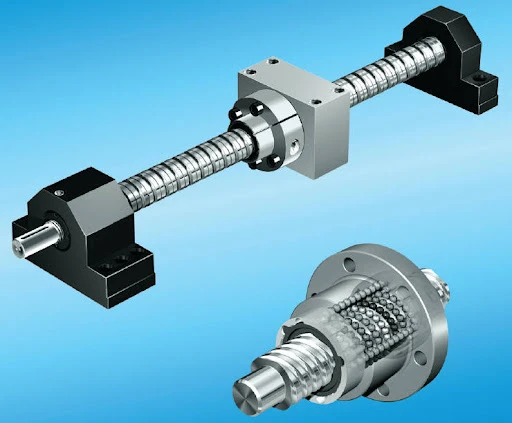 Double Threaded Screw Slide: Achieving an Astounding Precision of 0.01mm while Bearing 100kg!Double thread screw slide # high precision # high loadRead More
Double Threaded Screw Slide: Achieving an Astounding Precision of 0.01mm while Bearing 100kg!Double thread screw slide # high precision # high loadRead More  Notice of May Day Labor Day Holiday |Notice of May Day Labor Day Holiday | Grateful for Your Company, Looking Forward to New Achievements TogetherRead More
Notice of May Day Labor Day Holiday |Notice of May Day Labor Day Holiday | Grateful for Your Company, Looking Forward to New Achievements TogetherRead More 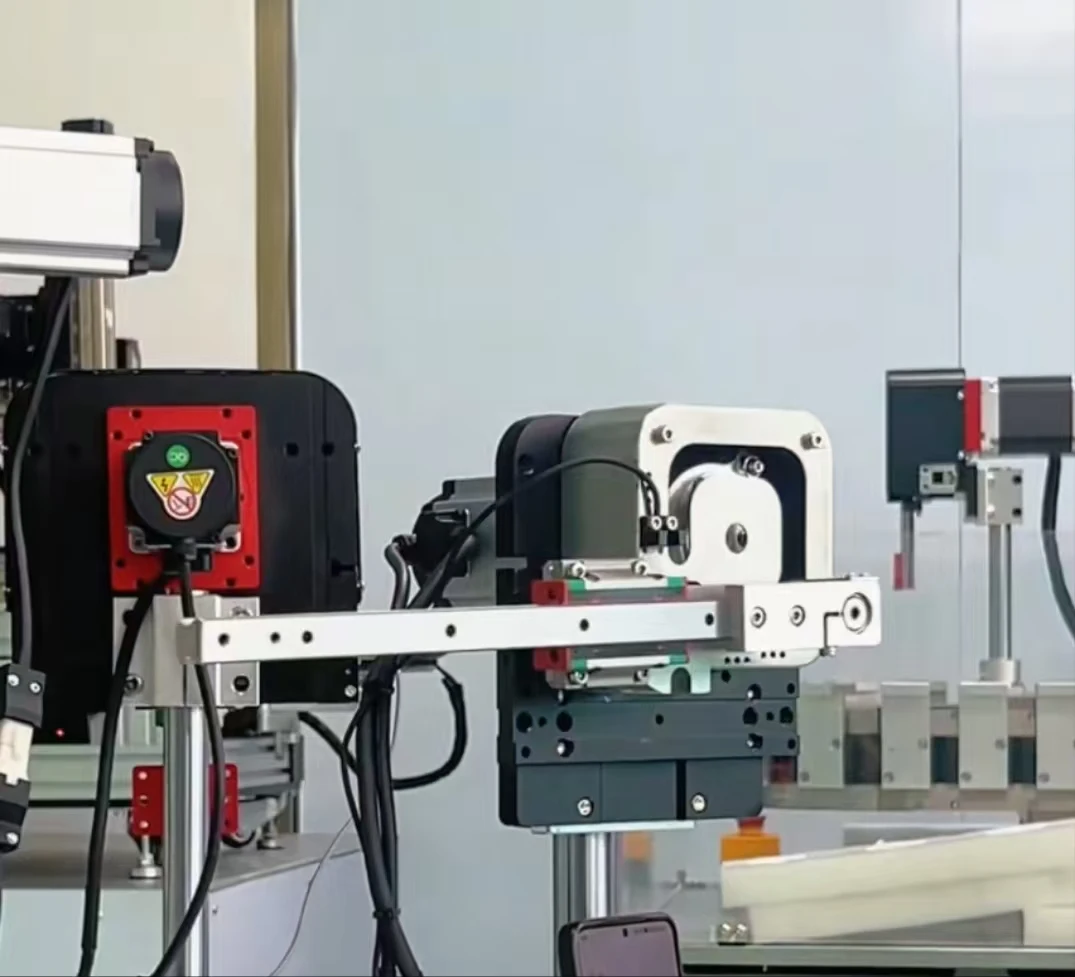 Lightning - Fast 90° Rotation and Pick - up in 6 Seconds!In the fast - paced race of industrial production, efficiency is the core of competitiveneRead More
Lightning - Fast 90° Rotation and Pick - up in 6 Seconds!In the fast - paced race of industrial production, efficiency is the core of competitiveneRead More 

